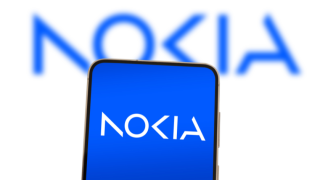Hailed as an industry first, the Time Synchronization Transmission Solution has been developed by Türk Telekom engineers together with technology solutions company, Net Insight. The solution is expected to significantly reduce synchronisation investment costs and increase service continuity for 5G.
“We became the first operator to implement the next generation synchronisation solution, developed together with Net Insight leveraging patents of Turkish engineers, which is critical for 5G and beyond technologies, on the live network," said Yusuf Kıraç, chief technology officer at Türk Telekom
"We see significant potential in the global market for this innovative solution that will reduce costs and increase service continuity for mobile operators and all industries with critical time synchronisation requirements."
The testing process of the Time Synchronization Transmission Solution has been successfully completed with Türk Telekom having carried out installations of the technology at 20 locations across Türkiye, enabling a central synchronisation network with high time accuracy, and the ability to offer synchronisation service to 5G base stations.
5G has a time deviation value of around 1500 nanoseconds, this value was measured 5-45 nanoseconds in two different regions of Türkiye, according to the first data obtained from Türk Telekom live network.
“I would like to state that Net Insight and Türk Telekom have strong and unique competence and experience in the field of 5G networks and time synchronisation," said Crister Fritzson, CEO of Net Insight.
"We believe that this solution, which is operated on the Türk Telekom network for the first time in the world, will break new ground in 5G and have a high and significant market potential on a global scale.”
The Time Synchronization Transmission Solution offers unique advantages for transmitting phase and time synchronisation over the network without the need to replace or update existing network equipment. This create a solution to GPS/GNSS satellites’ signal interruptions and service losses, which is one of the biggest needs of operators which have switched to 5G.
At the same time, the synchronisation needs of 6G technologies, which are due to start global standardisation studies in 2025, will be met with the same solution.






